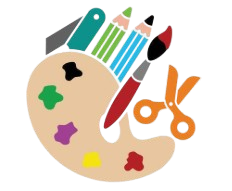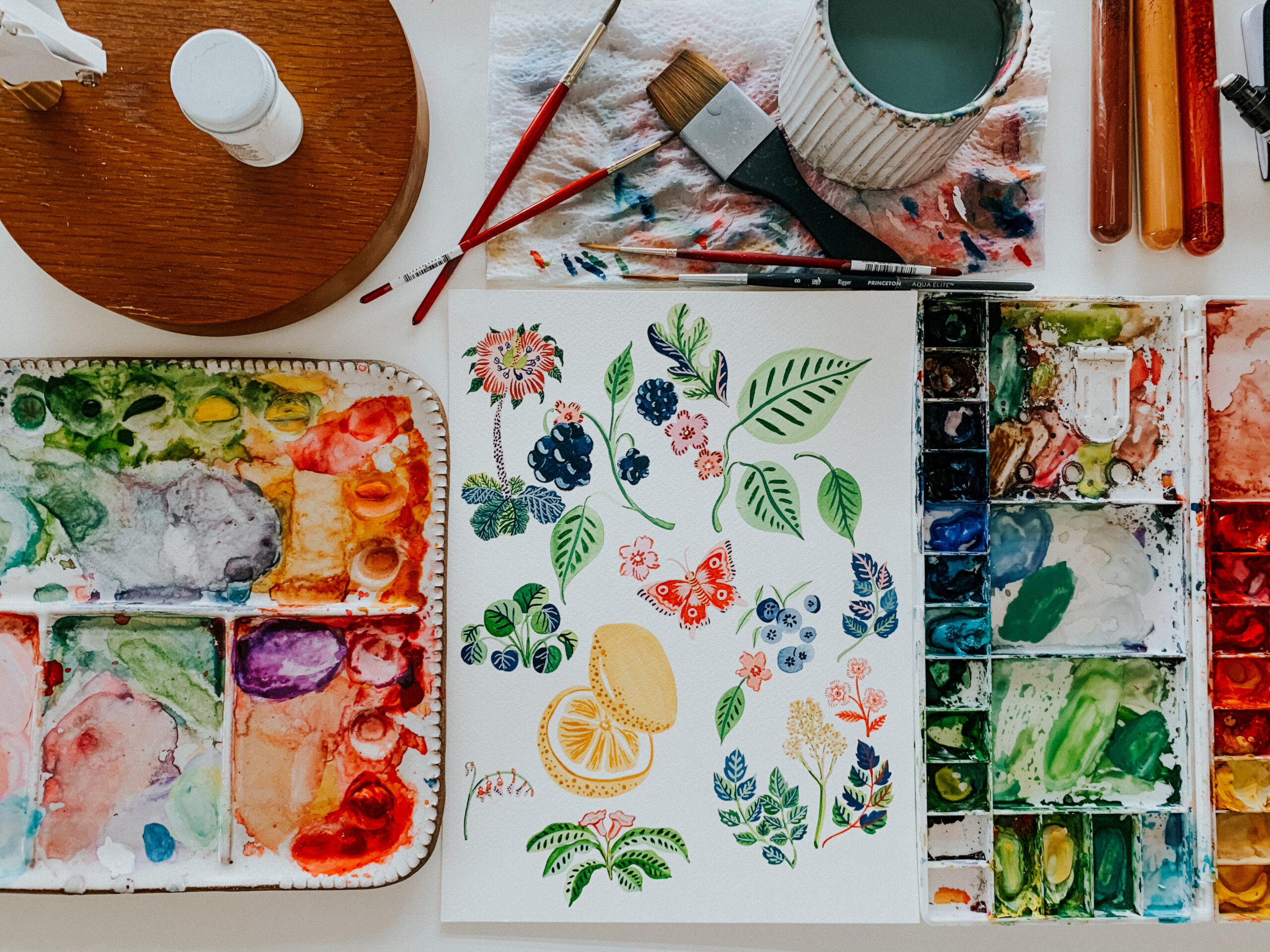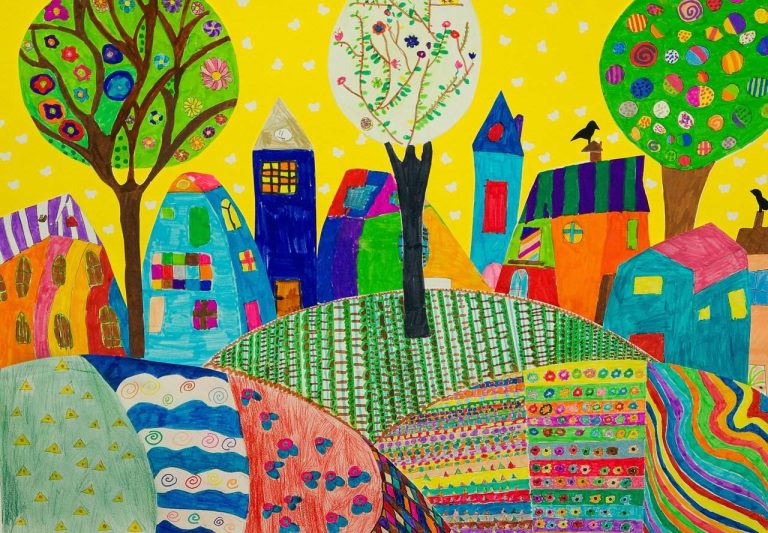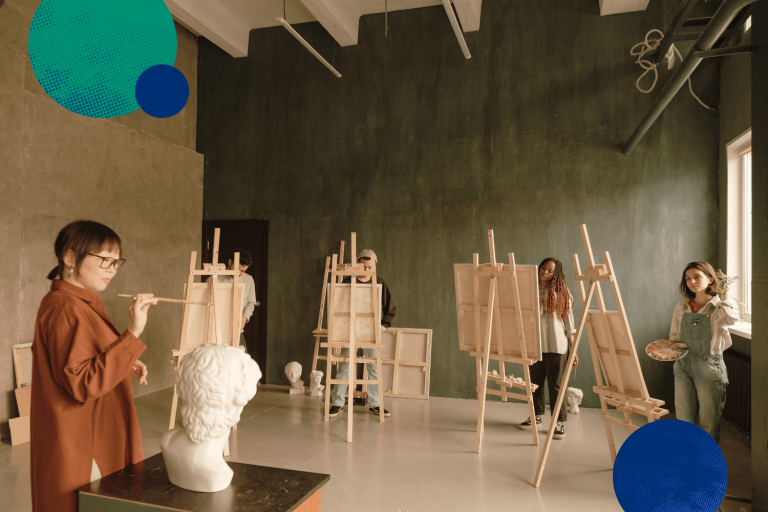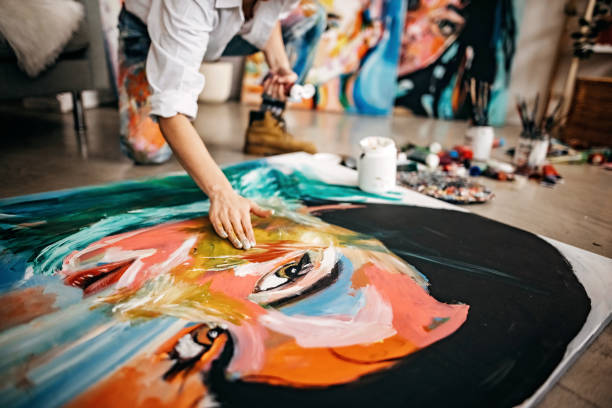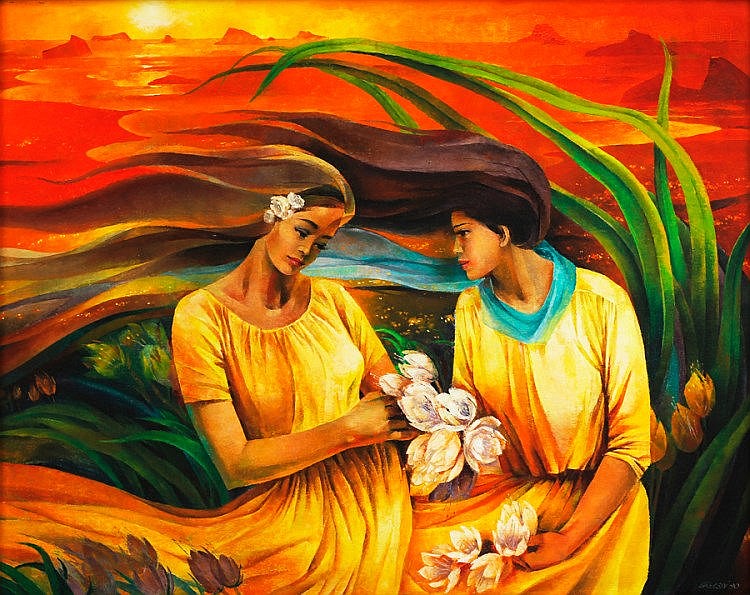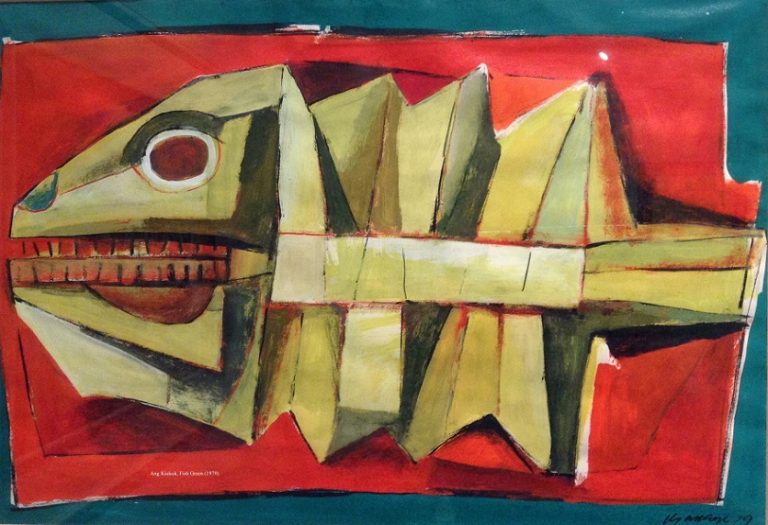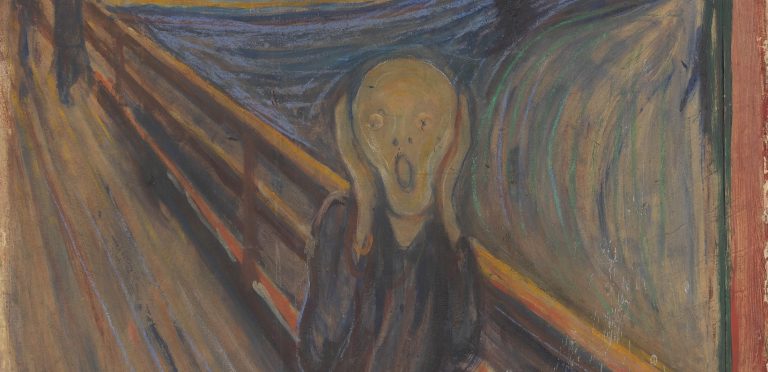Beginning Art: An All-Inclusive Handbook for Future Artists
Starting a creative endeavor can be both thrilling and intimidating. The blank canvas, the unworked clay, the clean sheet of paper—all of these have great potential, but they can also be a major obstacle for a novice. For anyone in Australia or elsewhere who wants to develop an artistic practice and discover their creative side, this guide is meant to demythologize the first steps. It’s about encouraging curiosity, accepting risk-taking, and realizing that art is a process rather than a final goal.
I. Dispelling Common Myths: What Art for Beginners is NOT
Before diving into the practicalities, it is crucial to address some common misconceptions that often deter aspiring artists:
- Myth 1: You need to be naturally talented. While some individuals may have innate aptitudes, art is overwhelmingly a skill developed through practice, observation, and persistent learning. Talent is merely a head start; dedication is what truly builds an artist.
- Myth 2: You need expensive materials. While quality materials can enhance the experience, you absolutely do not need to invest heavily at the beginning. Simple pencils, paper, and a basic set of paints are more than sufficient to start.
- Myth 3: Your first attempts must be perfect. This is perhaps the biggest barrier. Embrace imperfection. Every “mistake” is a learning opportunity. The goal is exploration and understanding, not immediate masterpieces.
- Myth 4: You need a dedicated studio space. A corner of a table, a quiet spot in your home, or even a park bench can serve as your initial creative zone.
- Myth 5: You need to know exactly what you want to create. Often, the process of creating reveals what you want to express. Start with curiosity, and let your journey unfold.
II. The Essential Toolkit: Minimalist Materials to Begin
For any aspiring artist, a basic set of accessible and affordable materials is all that’s required to begin. Resist the urge to buy everything at once.
- Drawing:
- Pencils: A few graphite pencils (e.g., HB, 2B, 4B, 6B) will provide a range of darkness and softness.
- Paper: A simple sketch pad or even printer paper is perfectly fine. Don’t worry about “artist quality” paper yet.
- Eraser: A kneaded eraser and a plastic eraser are useful.
- Sharpener: A basic pencil sharpener.
- Painting (Choose One to Start):
- Watercolors: A pan set of student-grade watercolors, a few brushes (a round and a flat), and watercolor paper (a small block or pad).
- Acrylics: A basic set of student-grade acrylic paints (primary colors, black, white), a few synthetic brushes, a palette (an old plate or plastic lid), and canvas boards or heavy paper.
- Optional but Recommended:
- Sketchbook: A portable sketchbook is excellent for quick ideas and observations.
- Reference Photos/Objects: Anything around you can be inspiration.
III. Finding Your Starting Point: What to Create First
The sheer vastness of artistic possibilities can be overwhelming. Here are some simple, low-pressure ways to begin:
- Doodling and Sketching: Start with free-form drawing. Let your hand move without a specific goal. This helps build muscle memory and confidence.
- Observation Drawing: Look closely at everyday objects around you. Draw a mug, a plant, your hand, a shoe. Focus on shapes, lines, and shadows, not perfection. This trains your eye.
- Copying (for Learning, Not Exhibition): Find artworks you admire (online, in books) and try to copy them. This is an age-old learning technique that helps you understand composition, color theory, and technique by deconstructing what another artist did. Do not present these as your original work later.
- Color Swatching and Mixing: If you’re painting, spend time just mixing colors. Understand how primary colors combine to create secondary and tertiary hues. Paint swatches to see how they look when dry.
- Abstract Exploration: Don’t feel pressured to draw realistically. Experiment with shapes, colors, and textures to express a mood or feeling without a specific subject.
- Journaling with Art: Combine simple drawings or colors with written thoughts in a journal. This integrates art into your daily reflection.
IV. Cultivating Your Practice: Habits for Growth
Consistency, even in small doses, is far more effective than sporadic bursts of intense effort.
- Dedicate Specific Time: Even 15-30 minutes a few times a week can make a significant difference. Treat it like an appointment you keep with yourself.
- Create a Routine: Try to draw or paint at the same time each day or week. This helps build a habit.
- Experiment Fearlessly: Don’t be afraid to try new materials, techniques, or subjects. The more you experiment, the more you learn about what resonates with you.
- Embrace Imperfection: Your first attempts will not be gallery-worthy. That is perfectly normal. Focus on the learning process. Save your early works to see how far you’ve come.
- Learn from Resources:
- Books: Look for beginner-friendly art books on drawing, painting, or specific techniques.
- Online Tutorials: YouTube is a treasure trove of free tutorials for every medium and skill level. Look for artists who teach clear, step-by-step methods.
- Online Courses: Many platforms offer affordable online courses specifically designed for beginners.
- Find Inspiration Everywhere: Look at art in museums (online or physical), observe nature, study architecture, pay attention to light and shadow, and notice colors in your environment. Keep a visual journal of things that spark your interest.
- Join a Community (Optional): Once you’re more comfortable, consider joining a local art class, a workshop, or an online art community. Sharing your work and receiving constructive feedback can be incredibly motivating.
V. Mindset for Success: Nurturing Your Inner Artist
Beyond techniques and materials, your approach to art-making is crucial.
- Be Patient with Yourself: Art takes time to develop. There will be frustrating moments. Breathe through them.
- Celebrate Small Wins: A line that finally goes where you want it, a color mix that’s perfect, a drawing that feels expressive—acknowledge these small victories.
- Focus on the Process, Not Just the Product: The joy of art often lies in the act of creation itself, the flow state, and the continuous learning.
- Don’t Compare Yourself: Everyone’s artistic journey is unique. Resist the urge to compare your beginner efforts to seasoned artists. Compare your current work to your own past work to see your progress.
- Art as Play: Remember that at its heart, art is often a form of play. Allow yourself to be curious, messy, and uninhibited.
Starting an art practice is a profoundly rewarding endeavor. It offers a unique way to see the world, to express yourself, and to engage with a fundamental aspect of human creativity. By shedding initial fears, embracing simple tools, and cultivating a consistent and curious mindset, anyone can unlock their artistic potential and begin a fulfilling journey into the vibrant world of art. The journey itself is the masterpiece.
